Did your lovely fresh garden greens go a little (or a lot) limp in the refrigerator? Maybe they even started looking sad before you could get them out of the garden? There’s a hack for that.
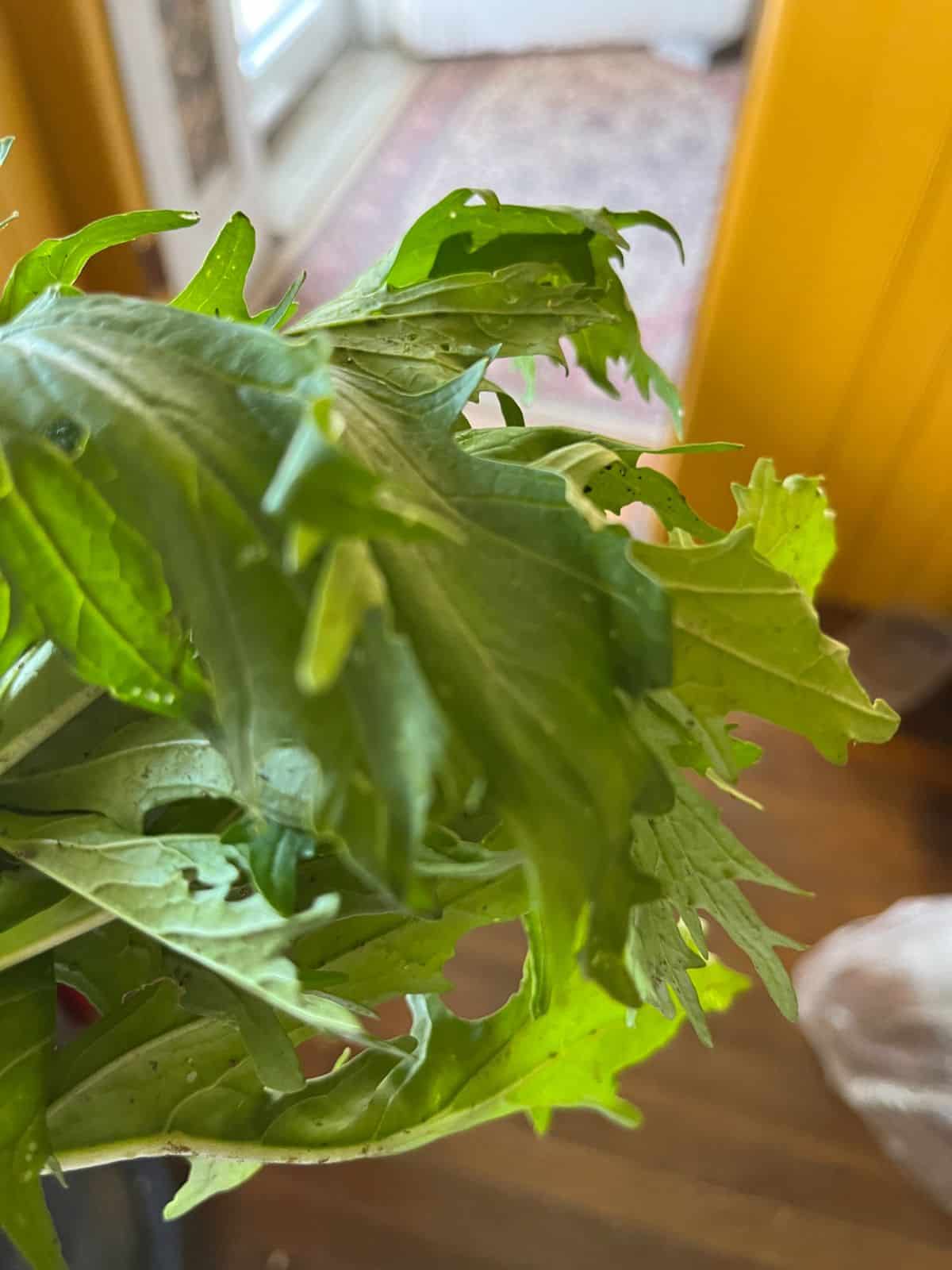
Hey, wilt happens. But it does not automatically mean the end of your fresh garden greens. Here’s how to hack your way back to crisp, fresh, green lettuce (or spinach, or chard, or...) once again.
Jump to:
How to Revive Wilted Garden Greens
The solution is simple. Give your greens a nice ice bath. Here’s how to do it:
- Make a big bowl or basin of ice water. Use plenty of ice so the water stays icy cold and the ice doesn’t melt away before the vegetables are revitalized. Half or more of the ice is not too much.
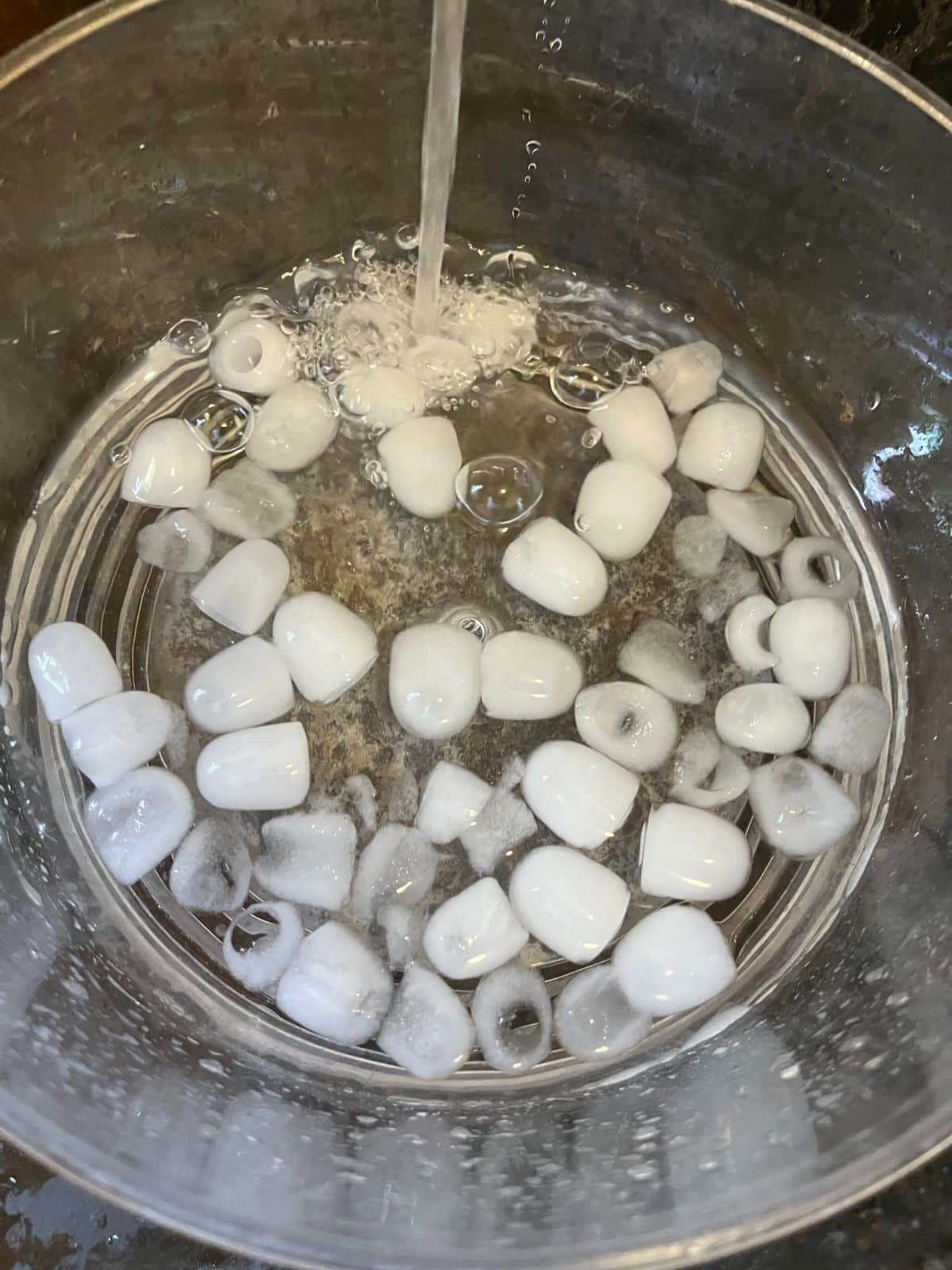
*You can add a small splash of lemon juice or vinegar to the ice water bath, which will help crisp the greens and can help stop some of the microbial actions that cause vegetables to rot (which is different from wilting—wilting is just a loss of water). A little acid can also help keep greens fresh longer if you are storing them again after you revive them in the water bath.
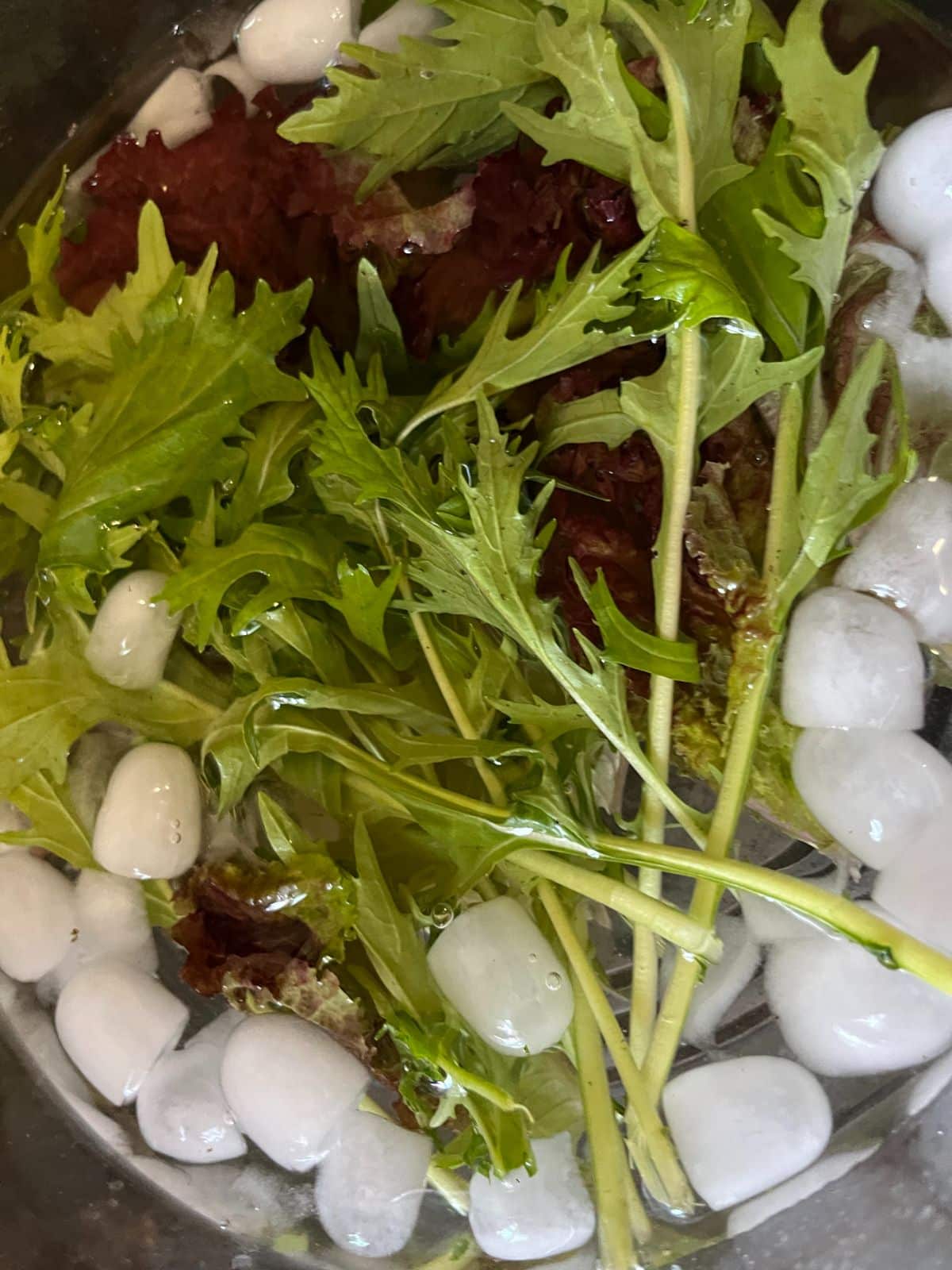
- It’s best to trim off unwanted parts and bottoms (especially on things like romaine lettuce) and parts that are not edible or usable before you submerge the greens.
- Place the greens in the bowl of ice wash. Swish them around so they are wetted and submerged (but don’t worry if they float back to the top).
- Place the bowl in the refrigerator. If you are doing a large amount and don’t have fridge space, this should still work in a sink or on a kitchen counter as long as there is enough ice to keep the water cold.
- Leave the greens to soak for at least 15 minutes and up to one to one and a half hours until the greens crisp up.
- Remove the greens from the ice bath.
- Lay the crisped greens out on some kitchen towels and pat dry.
- It is best to use greens right away, but if you aren’t ready to use them or have more than you need, spin them dry in a salad spinner and store your greens in a closed bag or container with some paper towels.
- If you don’t use all the refreshed greens right away, plan to use them within two days. If you can’t get to them by then, see below for a different sort of long-term storage option.
Other Vegetables the Ice Bath Trick Works On
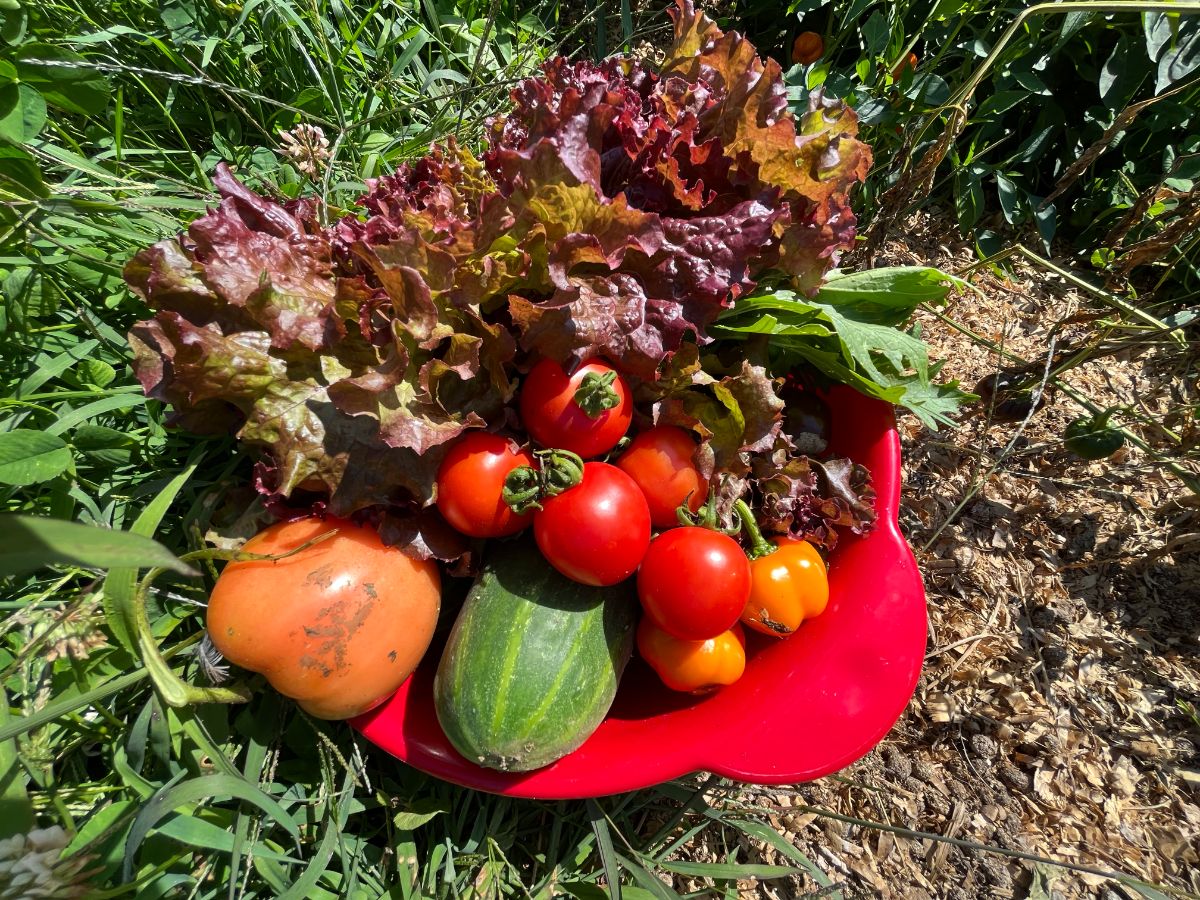
Lettuce and leafy greens are not the only types of vegetables this hack can work on. You can try it out to crisp up these vegetables, too:
- Carrots
- Beets
- Parsnips
- Radishes
- Most root vegetable
- Celery
- Peppers (some varieties—some won’t respond well, but it’s worth a try before you throw them out)
- Kale and kalettes
- Herbs
- Scallions
- Broccoli
- Potatoes
- Asparagus
- Green beans
- Peas
While this trick works on a lot of vegetables, it’s not very likely to work on things that tend to rot before they wilt or dry out or vegetables that have too hard a skin to absorb new moisture. For example, squashes, summer squash, and zucchini probably won’t revive with this trick.
You don’t have much to lose anyway, so if in doubt, try it out. After all—what else would you do but throw that hard-earned garden produce away if it doesn’t? Just don’t try to refresh or eat vegetables that are slimy, decaying, spotting, or truly rotting.
Think of it this way—wilting is a loss of water, an early drying and dehydrating process. It’s not the same as rotting and breakdown caused by microorganisms.
When Greens are Gone Just a Little Bit Too Far
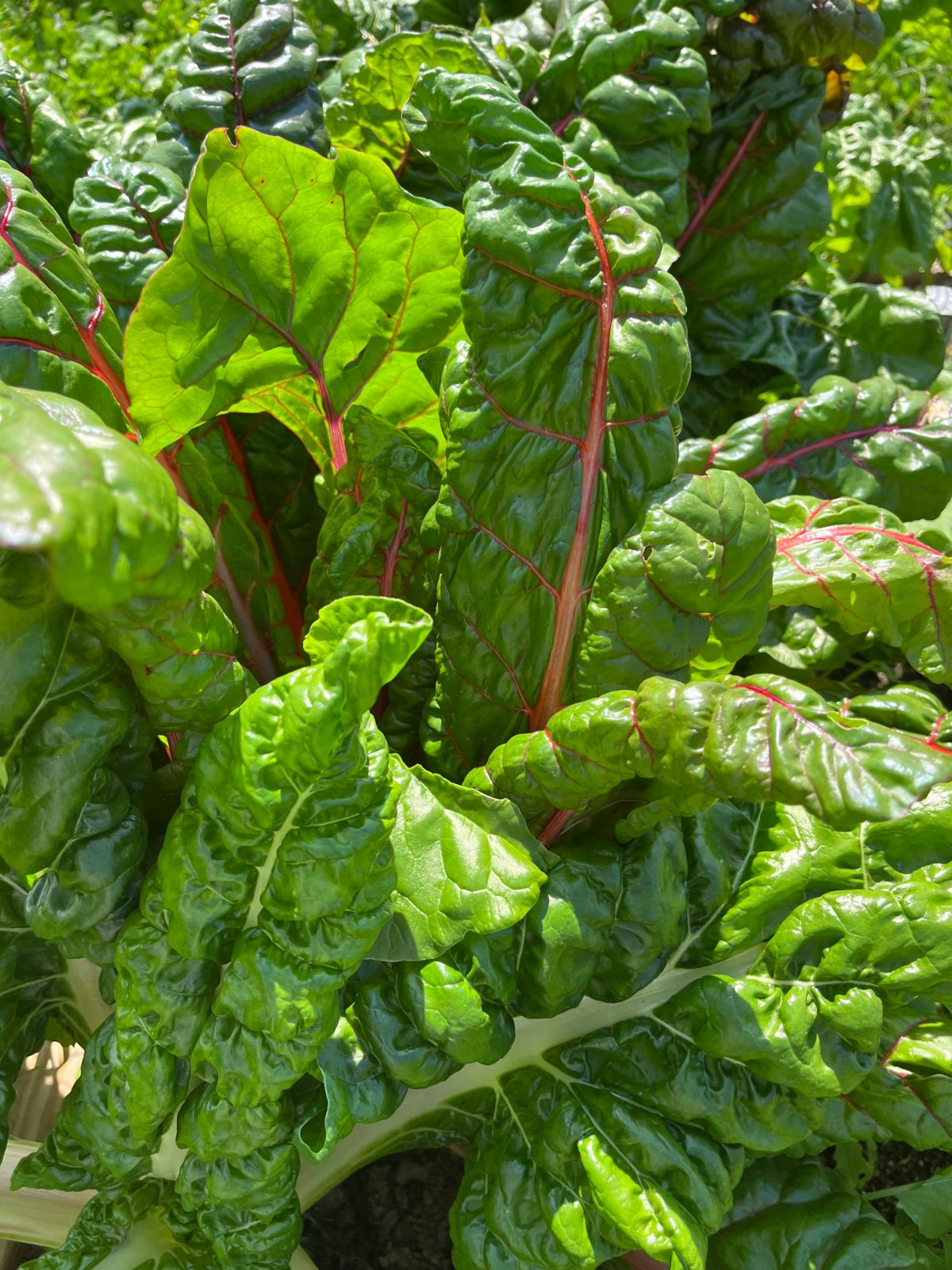
When your greens are wilted a bit beyond repair, you can still get some good use out of them.
As long as your greens are just wilted and not rotting, they can be dried and made into “green powder”.
Green powder is just dried and then powdered greens. If that sounds too simplistic, it’s because it’s just really simple to do. There is no real recipe—you dry what you have and pulverize it in a coffee grinder, blender, or food processor. You can make your powder all one type of green or mix together whatever greens need using.
Leafy greens and herbs can be dried in a dehydrator on a low herb setting (about 95 F, 35 C) or in a low oven (though oven drying can be tricky because most ovens won’t go low enough to dry without cooking—but if the oven is all you have, use what you have! There are tricks you can use to dehydrate things in the oven).
What kinds of greens can you powder?
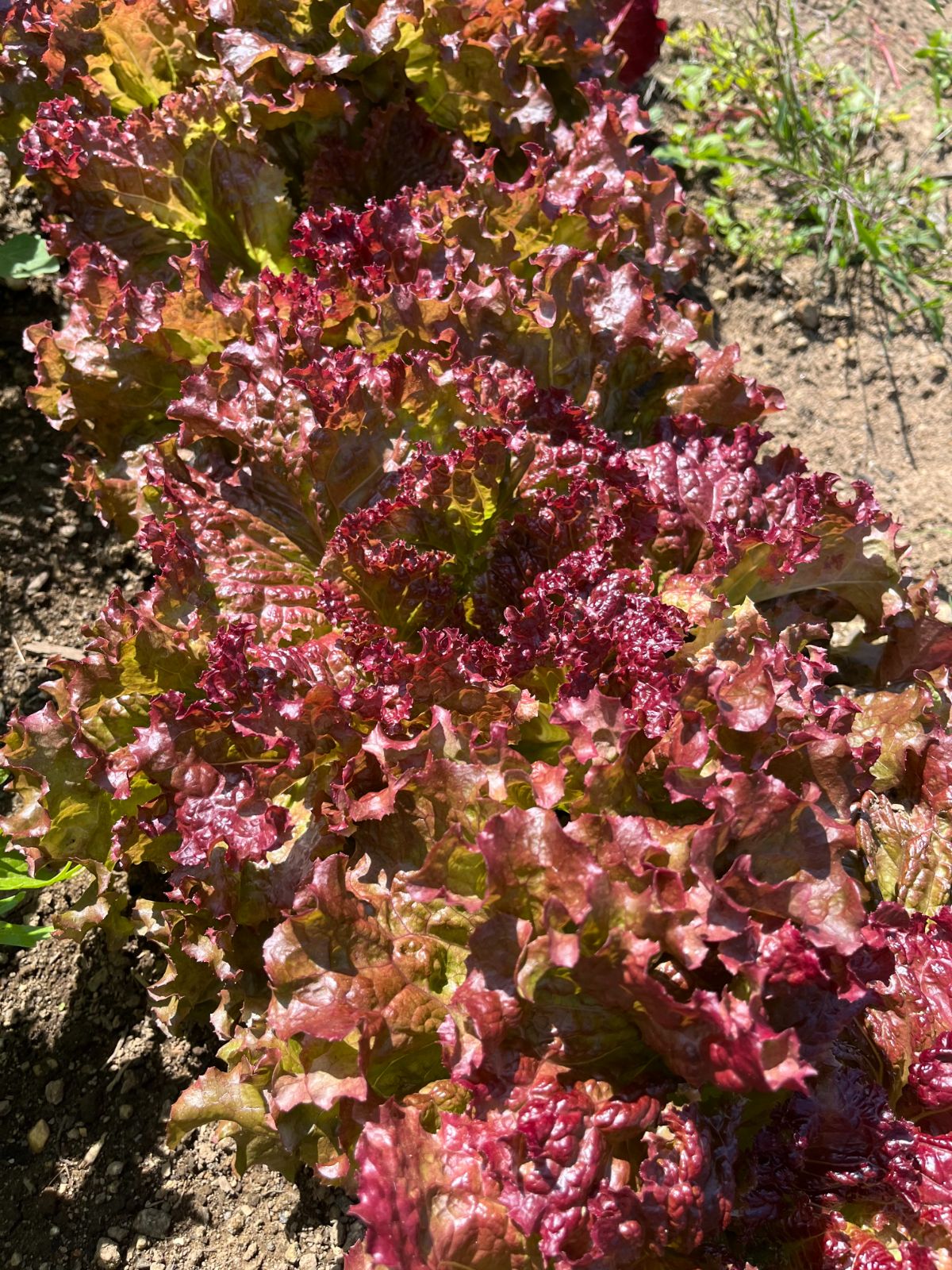
Well, as Darcy from the Purposeful Pantry says, if it’s green, you can use it to make green powder. And yes, we even mean lettuce.
Kale, chard, spinach, lettuce, romaine, leaf lettuce, and arugula—these are all options. You can mix them together in one powder, too.
You can also use vegetable tops to make green powder, like carrot and beet tops. Herbs can be added to the mix, too.
How do you use green powder?
Any way you want.
You can add it to smoothies for a nutritional boost, sprinkle it into soups, pasta, and sauces, use it as a seasoning on roasted or grilled vegetables, mix it into meatloaf or casseroles or things like herbed chicken salad, in salad dressings...there are many possibilities.
Green powder is a good way to use up garden greens when they start to look sad or when you simply have more than you know you can use before it goes bad. Incidentally, you can make dried powders from other limp produce like sorry-looking carrots and root vegetables, tomatoes, fruit, berries, and more.
Food waste is far too big an issue to let good produce go to waste when it still has life left in it. And what an easy way to breathe new life and usefulness into your garden vegetables!

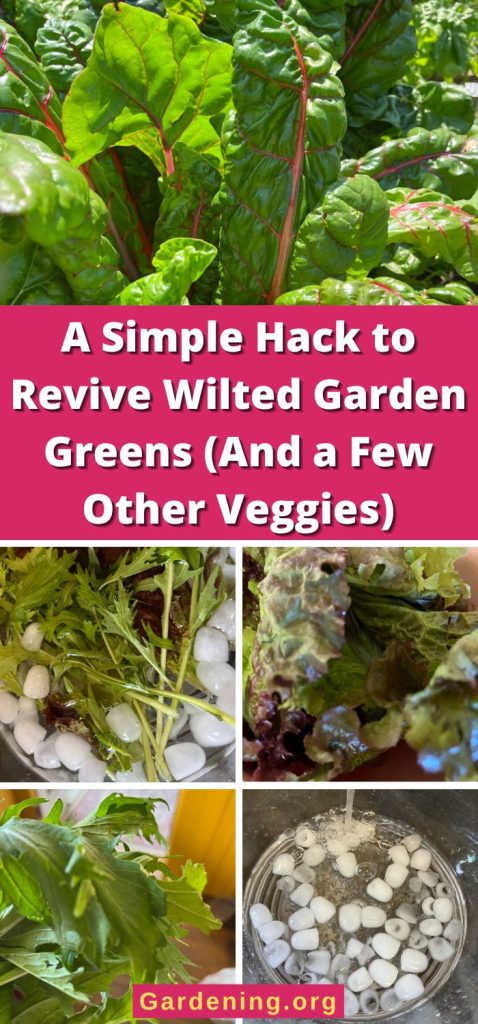
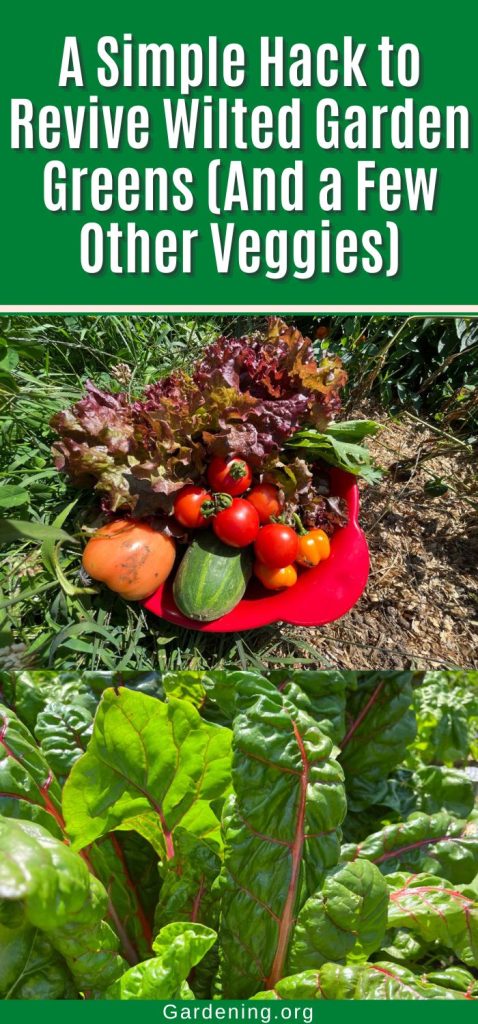
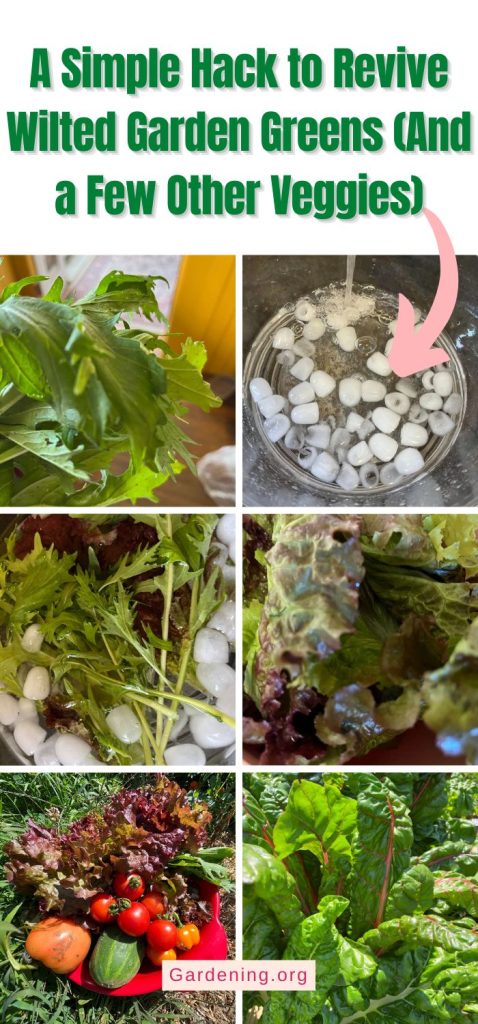
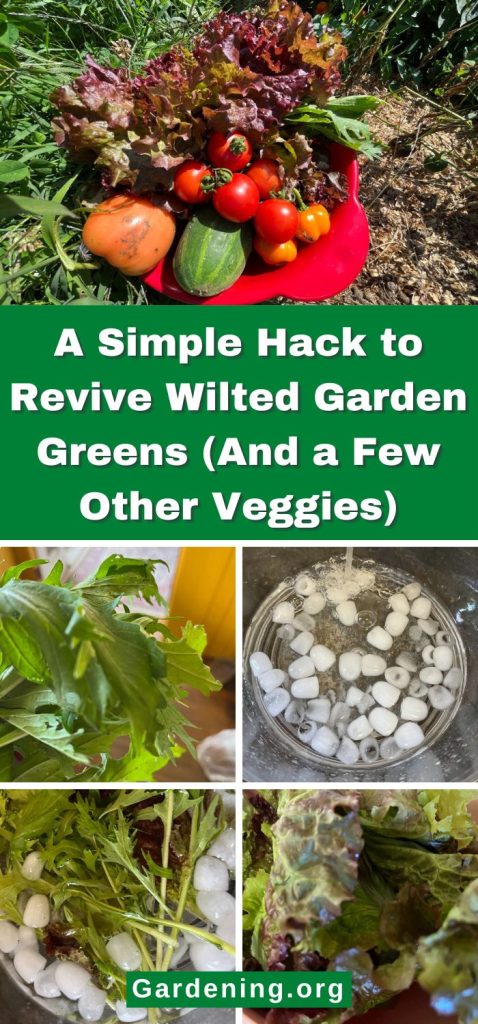


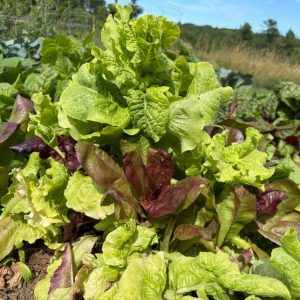

Leave a Reply